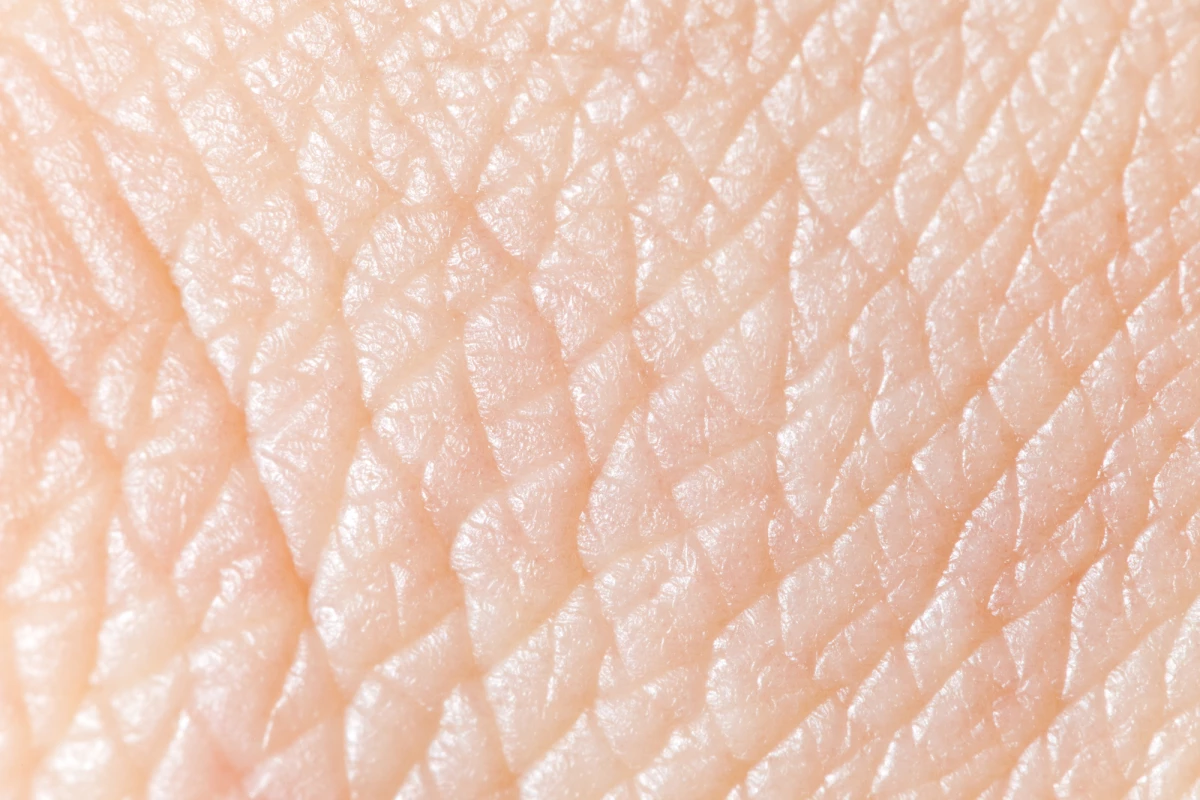By the time that Parkinson’s disease is causing observable symptoms such as loss of muscle control, it's often advanced to the stage that it's difficult to treat. In an effort to detect the disease earlier, scientists have developed an "electronic nose" that sniffs it out.
People with Parkinson’s disease secrete a higher-than-normal amount of sebum, which is an oily substance produced by the skin's sebaceous glands. Additionally, that sebum contains abnormal levels of certain volatile organic compounds, giving the substance a distinctive odor.
With a few notable exceptions, that odor can't be detected by humans. It can be analyzed via a gas chromatography/mass spectrometry process, although doing so takes a long time and requires bulky, costly equipment located at specialized facilities.
In an effort to move such testing into regular clinics and doctors' offices, scientists from China's Zhejiang University created the "e-nose." The portable prototype device (which does not look like a person's nose) combines gas chromatography technology with what is known as a surface acoustic wave sensor – the latter measures concentrations of specific gases based on how they interact with a sound wave.
The researchers swabbed the upper backs of 31 Parkinson’s disease patients and 32 healthy volunteers, in order to obtain sebum samples which were analyzed by the e-nose. Utilizing machine-learning algorithms, the device was able to identify three odor compounds – octanal, hexyl acetate and perillic aldehyde – which differed significantly in concentration between the two groups.
Utilizing that diagnostic model, the e-nose was used to analyze an additional 24 sebum samples, half of which were from Parkinson's patients and half of which were from non-Parkinson's controls. The device was found to be 70.8 percent accurate at identifying which individuals had the disease, although that figure rose to 79.2 percent when each person's full body-odor profile was analyzed (Parkinson's disease also results in increased production of yeast, along with certain enzymes and hormones).
It is hoped that once the technology is developed further – which will involve testing it on a larger number of people – its accuracy should increase significantly.
The research is described in a paper that was recently published in the journal ACS Omega.
Source: American Chemical Society




